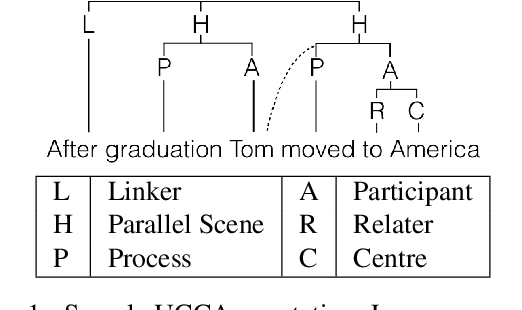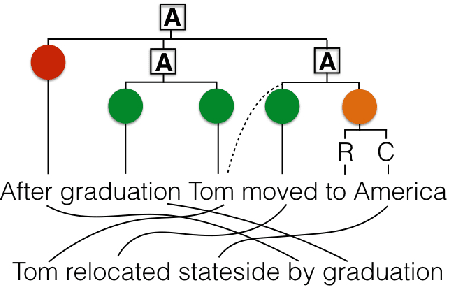HUME: Human UCCA-Based Evaluation of Machine Translation
Paper and Code
Sep 27, 2016



Human evaluation of machine translation normally uses sentence-level measures such as relative ranking or adequacy scales. However, these provide no insight into possible errors, and do not scale well with sentence length. We argue for a semantics-based evaluation, which captures what meaning components are retained in the MT output, thus providing a more fine-grained analysis of translation quality, and enabling the construction and tuning of semantics-based MT. We present a novel human semantic evaluation measure, Human UCCA-based MT Evaluation (HUME), building on the UCCA semantic representation scheme. HUME covers a wider range of semantic phenomena than previous methods and does not rely on semantic annotation of the potentially garbled MT output. We experiment with four language pairs, demonstrating HUME's broad applicability, and report good inter-annotator agreement rates and correlation with human adequacy scores.
 Add to Chrome
Add to Chrome Add to Firefox
Add to Firefox Add to Edge
Add to Edge